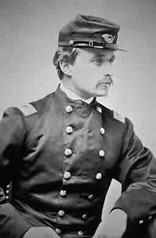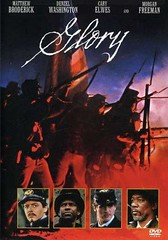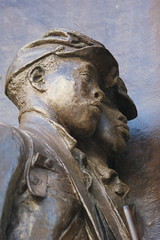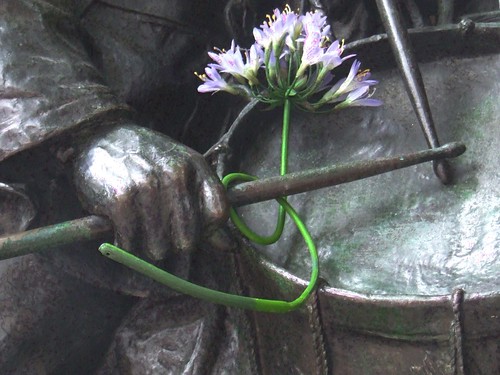 |
| British farrier Tom Burch (far left, kneeling) |
With the Olympics looming on the calendar, the FEI is prominent in the news. But today's story is not about dressage star Totilas or Kiwi eventers or even showjumpers in Rome. The FEI is entering the international horse welfare arena with a farrier education project.
World Horse Welfare (WHW) reports that the organization will be working in partnership with the Cambodia Pony Welfare Organisation after being awarded a grant from the International Equestrian Federation (FEI) to help train farriers and harness-makers in Cambodia.
The grant is part of the FEI’s Solidarity development program launched in 2010 to engage and support the organizations national equestrian horse-sport federations by creating, supporting and expanding projects and programs from “grass roots” to elite level throughout the global FEI family.
 |
| Working ponies in Cambodia are part of a two-level education program for the Asian nation. |
It is the first time that World Horse Welfare has worked in partnership with another welfare organization in this way, and the first WHW project in this part of South East Asia. The first module has now been completed: representatives from World Horse Welfare, farrier Tom Burch and saddler Stuart Russell, shared their knowledge and skills with local Cambodian farriers and harness-makers.
The training course is taking place in the country’s capital of Phnom Penh, where ten students will be taught the sort of advanced farrier techniques that will allow them to work with horses used in international sport and then train local farriers. A further four students will study saddlery and harness making techniques with the intention that they pass on their newly-learned skills to other service providers and horse owners in Cambodia.
Head of Program Development at World Horse Welfare, Karen O’Malley said: “Although the Cambodia Pony Welfare Organisation is carrying out farriery training, it was felt that with this funding we could complement the work of the organization and further advance the skills and knowledge of the trained service providers.
| Tom Burch RSS was the long-time farrier for the London Police. He retired in 2009 and has been traveling the world, giving back to his profession and the horse world by educating farriers in developing countries under the aegis of the World Horse Welfare organization. Photo kindly loaned by www.spitalfieldslife.com |
Another objective is to create good quality farriers and harness-makers in order that future Cambodian horses can be used to compete in equestrian sport with the end goal of taking part in the 2013 Asian Games. Jacqueline Braissant, Director of FEI Solidarity said: “We are extremely pleased to be able to offer the grant to World Horse Welfare and we are confident that the new skills gained will make a positive impact and contribution to the future sustainability of the area. The hope is to really engage local horse owners in Cambodia and create a solid foundation for equestrian sport which can be built on in the future. These are exciting times -- over the coming weeks, we will be announcing a series of FEI Solidarity grants to support wide-ranging projects around the world. ”
 |
| Saddler Stuart Russell concentrates on harness and saddles used in Cambodia. |
Chief Executive of World Horse Welfare Roly Owers said: “We have decided to take our international work in a different direction in order to make our training programs more sustainable in the countries we are operating in. Therefore, the focus is more on creating in-house service providers so that local people can transfer their skills onto to other local people.
"We are also turning our attention to providing cost-effective solutions. This means that our international team will be sourcing locally-made tools to make them more affordable as and when the people in a particular country need them.”
To learn more:
A photojournalist visits with Tom Burch on the job in London
World Horse Welfare Launches Inaugural Farriery Education Program in Saudi Arabia
 © Fran Jurga and Hoofcare Publishing; Fran Jurga's Hoof Blog is a between-issues news service for subscribers to Hoofcare and Lameness Journal. Please, no use without permission. You only need to ask. This blog may be read online at the blog page, checked via RSS feed, or received via a digest-type email (requires signup in box at top right of blog page). To subscribe to Hoofcare and Lameness (the journal), please visit the main site, www.hoofcare.com, where many educational products and media related to equine lameness and hoof science can be found. Questions or problems with this blog? Send email to blog@hoofcare.com.
© Fran Jurga and Hoofcare Publishing; Fran Jurga's Hoof Blog is a between-issues news service for subscribers to Hoofcare and Lameness Journal. Please, no use without permission. You only need to ask. This blog may be read online at the blog page, checked via RSS feed, or received via a digest-type email (requires signup in box at top right of blog page). To subscribe to Hoofcare and Lameness (the journal), please visit the main site, www.hoofcare.com, where many educational products and media related to equine lameness and hoof science can be found. Questions or problems with this blog? Send email to blog@hoofcare.com. Follow Hoofcare + Lameness on Twitter: @HoofcareJournal
Read this blog's headlines on the Hoofcare + Lameness Facebook Page
Disclosure of Material Connection: I have not received any direct compensation for writing this post. I have no material connection to the brands, products, or services that I have mentioned, other than Hoofcare Publishing. I am disclosing this in accordance with the Federal Trade Commission’s 16 CFR, Part 255: Guides Concerning the Use of Endorsements and Testimonials in Advertising.
























